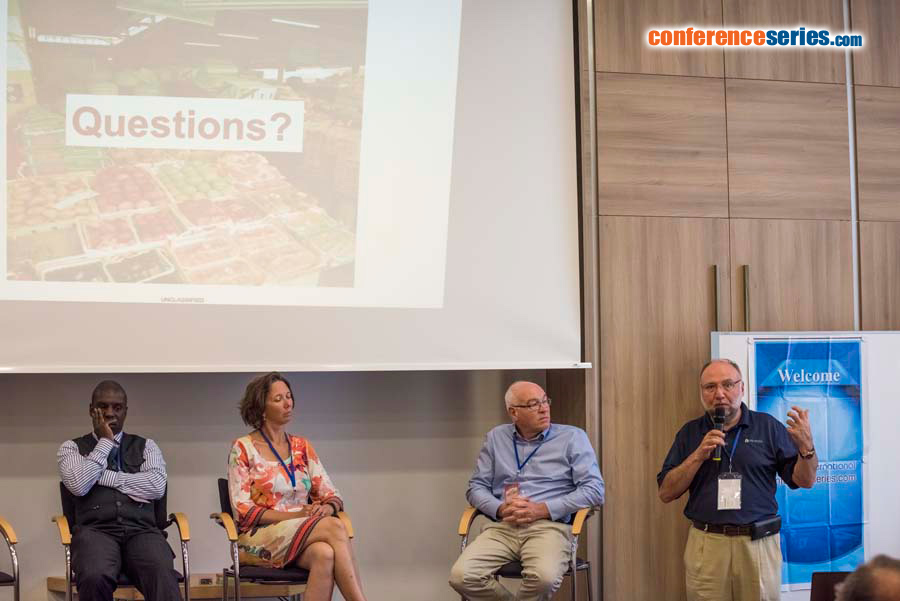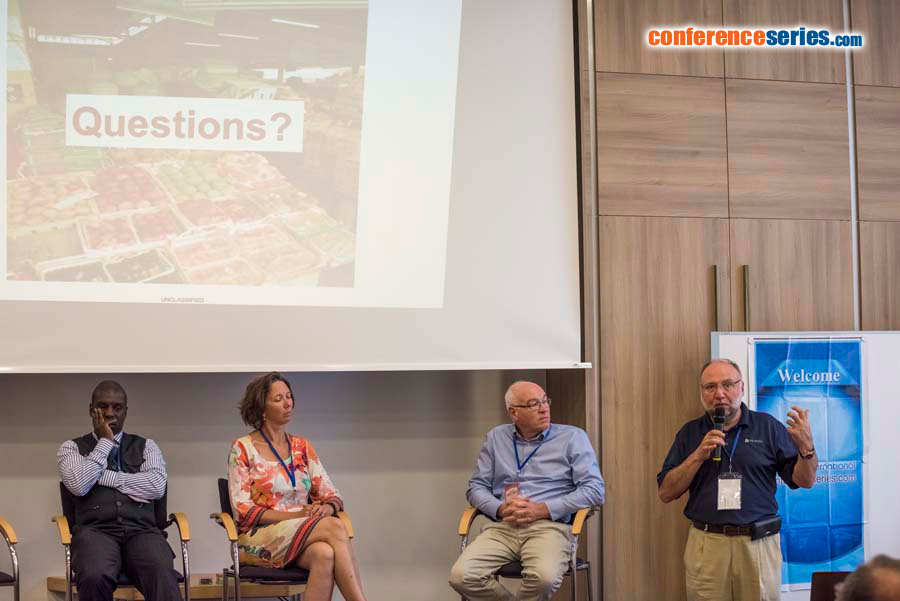
Joelle Woolston
Research Scientist, Intralytix Inc., USA
Title: Application of lytic bacteriophage for improving the safety of human and pet foods
Biography
Biography: Joelle Woolston
Abstract
Bacteriophages, arguably the oldest and most ubiquitous organisms on Earth, are viruses that kill bacteria. They play a key role in maintaining the microbial balance in any ecosystem where bacteria exist. Bacteriophages are naturally part of the normal microflora of many foods, and the ‘phage biocontrol’ approach is based on the concept of using the right phage, in the right place, in the right concentration to eliminate or significantly reduce pathogenic bacteria. Interest in using bacteriophages to improve food safety has been gaining momentum recently, driven by both the continued occurrence of foodborne outbreaks worldwide and the desire of consumers for natural foods. Because of the specificity of bacteriophages, their application only affects the target bacteria (the pathogen) but will not affect the other naturally present and potentially beneficial microflora. Bacteriophage products that target Listeria monocytogenes, Salmonella, and E. coli have been shown to reduce or completely eliminate the specific pathogen on a variety of foods, including meat, seafood, fruits and vegetables, dairy products and pet foods. Furthermore, none of the phage preparations affect the treated foods’ flavors, aromas, or appearances. In the US, the number of regulatory approvals for bacteriophage products has increased in recent years, with several having been cleared as GRAS and others receiving FCN and FAP approvals. This presentation will review the use of bacteriophage biocontrol as a food safety measure, in both human and pet foods, as well as discuss regulatory and safety issues concerning their use.



